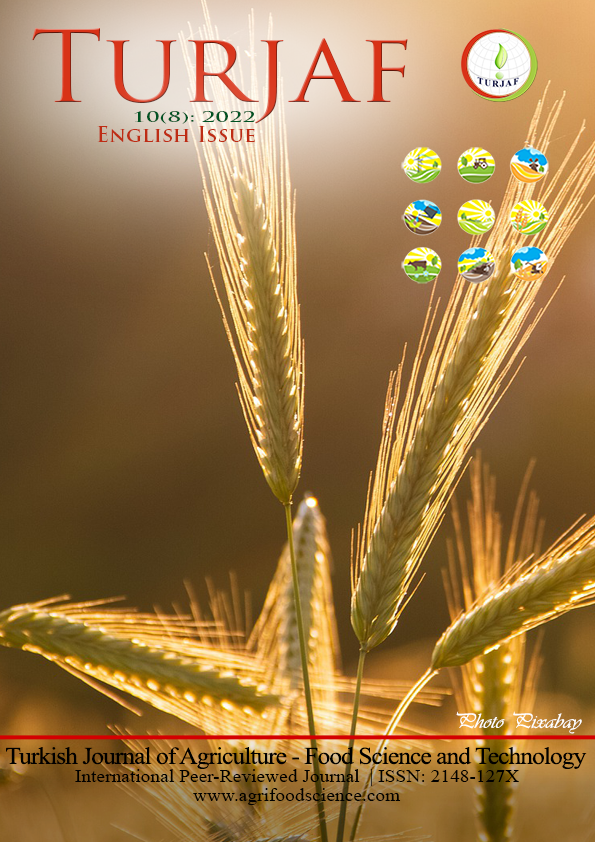Heavy Metal Toxicity in Plants: An Overview on Tolerance Mechanisms and Management Strategies
DOI:
https://doi.org/10.24925/turjaf.v10i8.1468-1481.5220Keywords:
Chelation ions, heavy metal stress, stress tolerance, seed priming, plant microbesAbstract
Heavy metals are one of the factors that pollute the environment and significantly affect soil fertility, plant physiology, development, and productivity. The tolerance of plants to toxicity depends on the species and tissue, element type, and duration of exposure to stress. Some special signal molecules such as nitric oxide (NO), hydrogen peroxide (H2O2), beneficial ions, hyperaccumulating plants, stress hormones, nanoparticles, organic compounds, and microbial applications can be recommended to alleviate the stress effects caused by toxic heavy metals in plants. Induction of other promising techniques like seed priming, active involvement of plant growth regulator, use of osmoprotectants, successful plant microbes‘ crosstalk and recent utilization of nanoparticles are worth using strategies in mitigation of heavy metal stress in plants. These practices effectively regulate the activities of antioxidant enzymes for the alleviation of stress in plants, creditably improving the plant tolerance via preserving cell homeostasis and amending the adversative effects of heavy metal stress in plants. These inventive strategies offer an enriched understanding of how to boost crop productivity under heavy metal stress in order to decrease the risk to global food security.Downloads
Published
How to Cite
Issue
Section
License
This work is licensed under a Creative Commons Attribution-NonCommercial 4.0 International License.
























